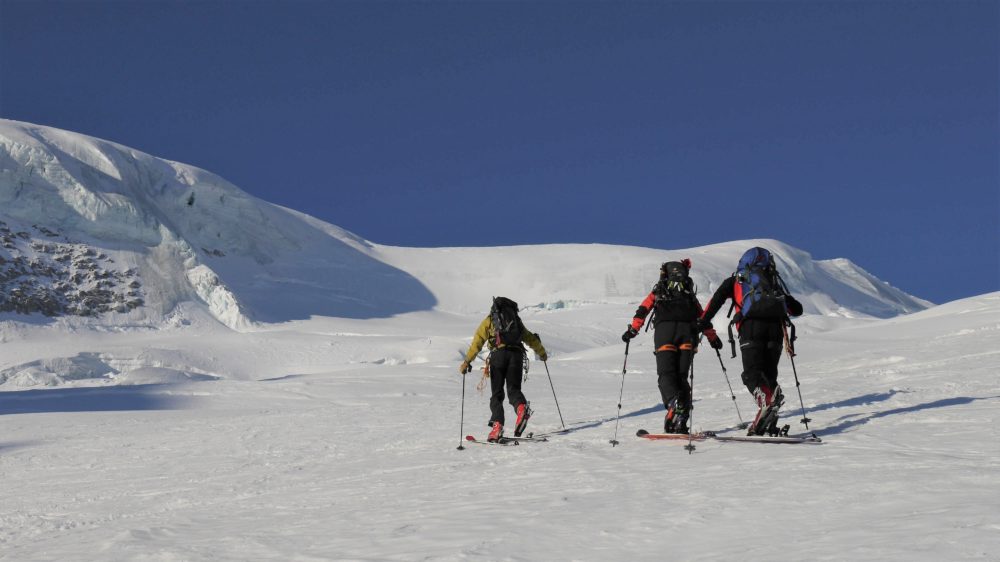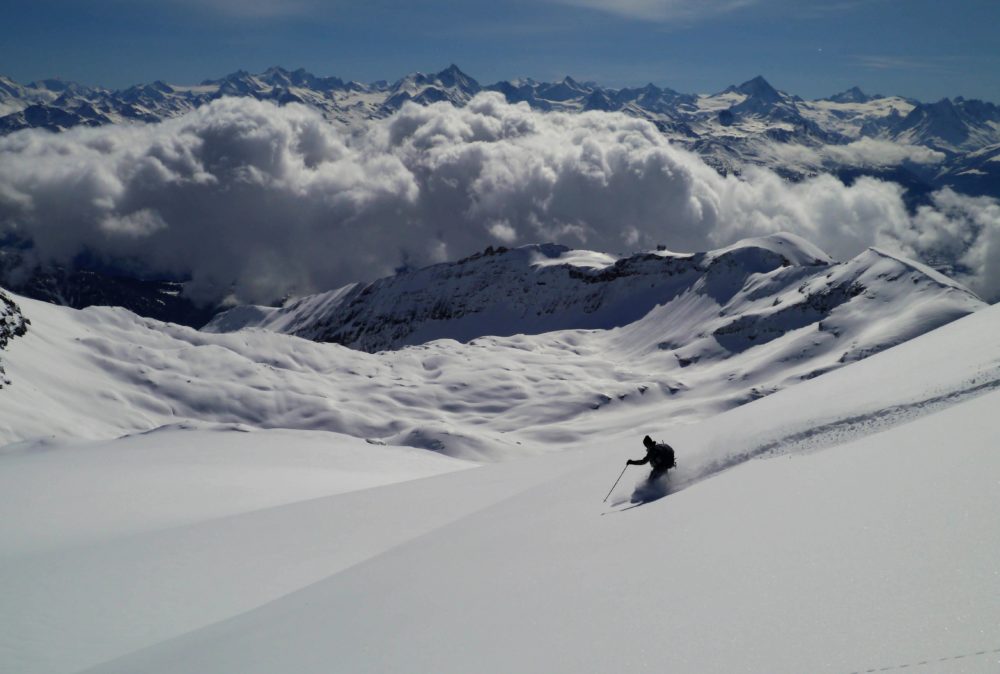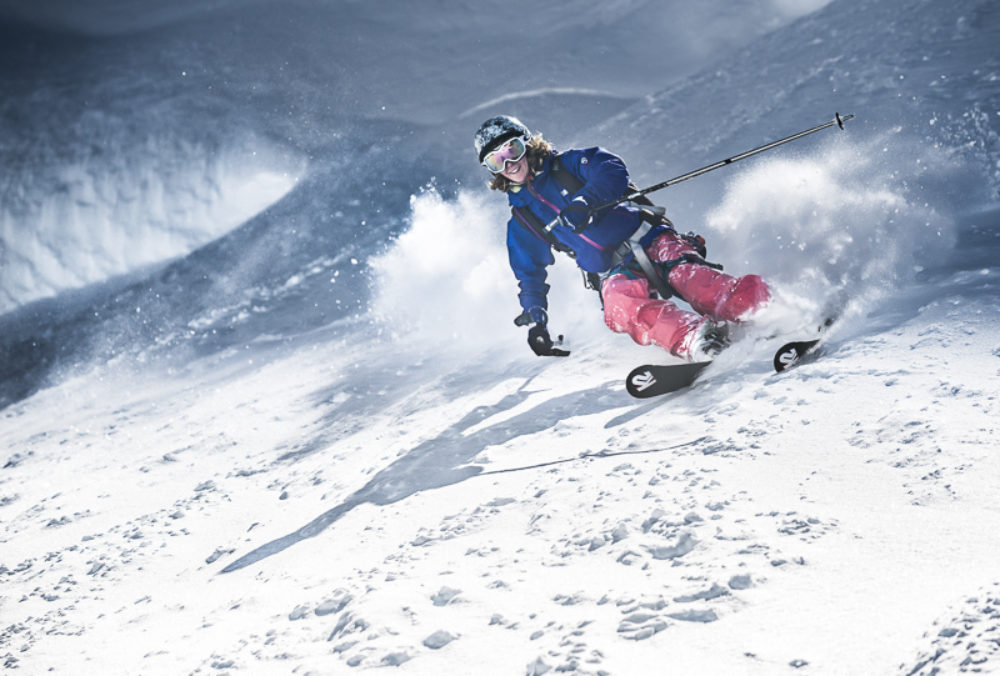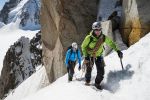Is Your Avalanche Transceiver Working Properly?
Maintenance and Interference issues

TRANSCEIVERS save lives......but only when they work! And, even if your transceiver does work, you need to be able to ‘pin point’ the casualty with a PROBE and then dig them out with a SHOVEL.
But only if it works?
‘Works’ in the sense that the transceiver switches ‘on’ and operates as manufacturers intended it to, and ‘works’ in the sense that a signal is being transmitted, so that in a burial situation the person can be located.
Transceivers are battery operated and need to be checked regularly and batteries changed as required.
Avoid corrosion around the battery contacts by drying out the device regularly and by removing the batteries when not in use.
Get your transceiver officially serviced every three years, so the manufacturer can replace the battery contacts and complete any outstanding updates.
In between servicing, keep the device up-to-date with any further updates, to ensure it is working efficiently.
This helps speed up searches, which may save valuable time and may ultimately save lives.
Remember - always check each-others transceivers to ensure they are working properly before you head into the mountains or away from a marked piste. However, a fully serviced and well maintained device may still give you problems – that are not the result of a flat battery!

Interference
This is one of THE main factors that may slow down or hinder a search and rescue situation.
Interference from GPS watches or other GPS devices, cameras, mobile phones, two-way radios, Go Pros, overhead lines and snow cannons to name a few. The closer these devices are to your transceiver when searching, the more interference and errors in the search you’ll get.
In a rescue situation, rid yourself of anything that might interfere with your transceiver. Give them to other members of the group who are not involved in the search or put them in your rucksack and leave it to one side of the search zone – around 20m away should be fine.
If there are overhead lines, be aware of the interference and halve your normal search radius, so that you can better hear any changes in signal from the casualty’s transceiver.
A more serious interference to your transceiver can occur when it is masked by a mobile phone in your pocket.
If you are caught in an avalanche and buried, your device continues to 'send' a signal, but the signal can't penetrate through your phone which is acting as a barrier or mask, making it impossible for another device to receive that signal in a search.
Many people now carry mobile phones in their chest pockets, overlaying and then masking their avalanche transceiver and its signal.
This can also happen if you are carrying a two-way radio, GPS, an aluminium sunglass case or a modern RFID card blocking wallet etc. The signal sent from your device cannot penetrate through aluminium.
Current thinking, is to ensure your transceiver is at least 20cm away from a phone or other device so that the transceivers signal will not be masked in case of an avalanche.
Perhaps it is worth getting into the habit of putting your phone in your rucksack or a different pocket, avoiding the classic chest pocket that many people, including myself, have a habit of using. Alternatively, you could carry your transceiver in a trouser pocket looped and fixed to your belt, but this may not be so comfortable if you are skiing or climbing.
Have a play around at home. Check your transceiver, change the batteries, download any new updates and get a feel for it again before heading out this winter. If you are away skiing, put some time aside to familiarise yourself again with how transceivers work. It’s a little like crevasse rescue, keep practising the techniques and skills, so that they become second nature and you are prepared if the worst happens.
Check out ISM Guide, Terry Ralphs article: TRANSCEIVER AND AVALANCHE RESCUE
Adrian Nelhams

Emergency contacts:
Without needing to know different emergency numbers worldwide you can download the echoSOS Emergency App.
- Open the App
- The App sends your location to echoSOS
- You call the local emergency services through the App
- The emergency services will pin-point your location via echoSOS
It’s simple and very effective
Also:
Switzerland 144
REGA Swiss Rescue service 1414
France 112
Or PGHM in Chamonix +33 4 50 53 16 89 Italy 118
Valle d'Aosta +390165 238 222
Austria 112
Related News Articles

ISM Virgin Peaks Expedition 2024 - Tien Shan Kyrgyzstan
ISM trip report of our trip into a very remote part of the Tien Shan Mountains, Kyrgyzstan
Read Article
Getting Into & Developing Your Climbing
Indoor bouldering is a great place to start if you want to try climbing for the first time. You can…
Read Article
ISM Virgin Peaks Expedition 2023 – Tien Shan Kyrgyzstan
ISM trip report of our trip into a very remote part of the Tien Shan Mountains, Kyrgyzstan.
Read Article
Kyrgyzstan Faces 2022
This year ISM celebrated 25yrs of expedition climbing in Kyrgyzstan, with a fantastic trip to the Fergana Range in the…
Read Article



